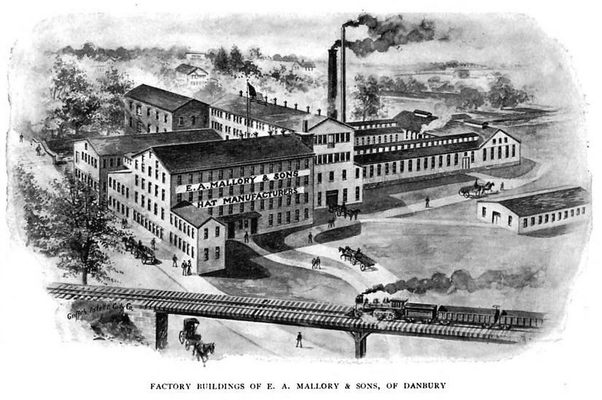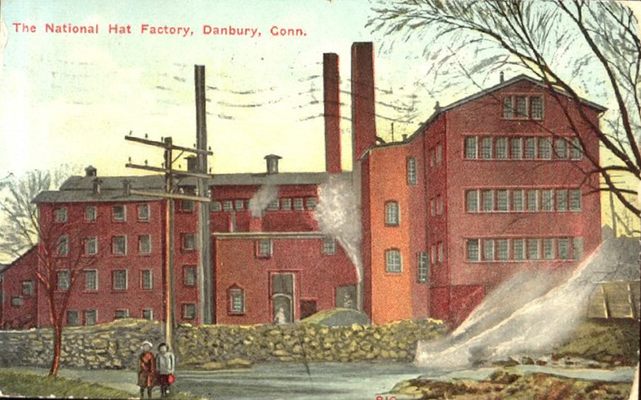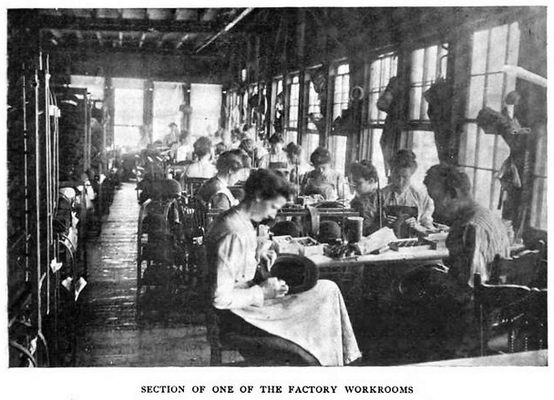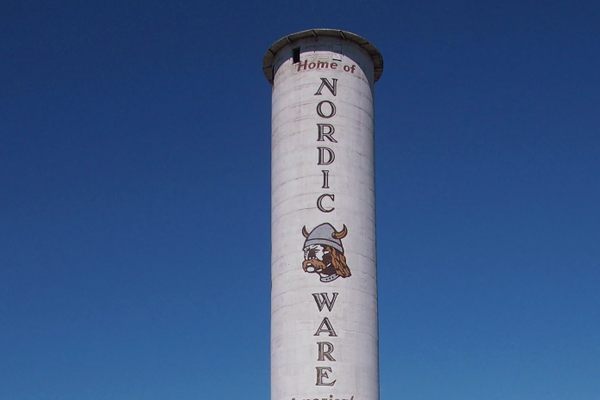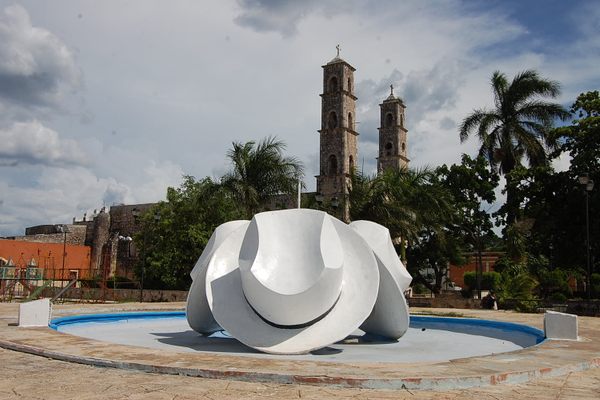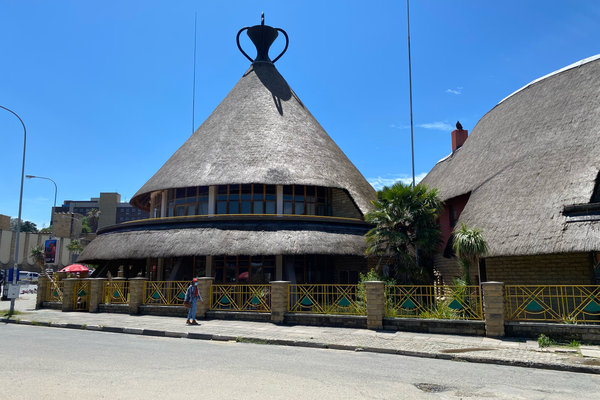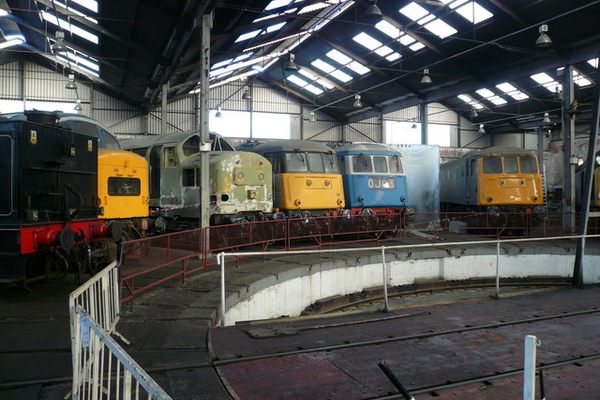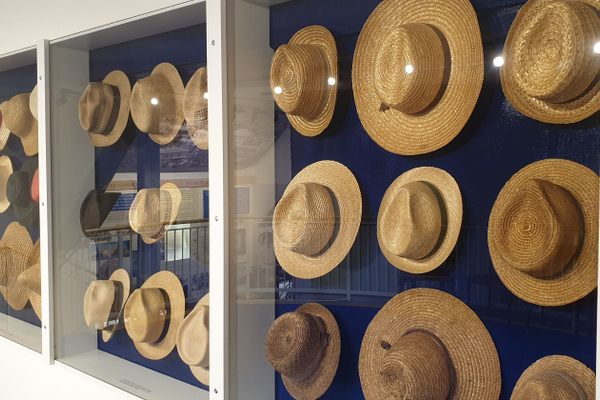About
At a time when no man left home without his hat, Danbury, Connecticut, was so identified with chapeau production it was known as "the hat city of the world.”
From the late 19th through the early 20th centuries, the northern Fairfield County town dominated hat manufacturing, announcing its claim to fame in a blazing electric billboard at the local train station, crowing “Danbury Crowns Them All.” The original sign is long gone but has now been revived by a local café in honor of its historic origins.
In the early decades of the 20th century, when the unlikely small city supplied the U.S. with up to three quarters of its hat bodies, the ambitious sign lit up the night with 2,848 flashing bulbs. An early example of such a display, it was erected with much fanfare in 1913 as a gift to the town from the local electric company.
Weighing 15,000 pounds, it alternated a succession of three flashes: a multicolored crown (said at the time to be modeled on that of England’s George IV), a red derby, and a tag of the motto all in white.
As celebrated as the sign was, it was eventually removed as hat production waned in the years between the World Wars, its ultimate fate unknown.
Now, eight decades or so later, its sparkling image dominates a wall at the Pour Me Coffee & Wine Café on historic Main Street. Using a vintage postcard from the collection of the Danbury Museum and Historical Society, Pour Me has blown up the image to mural proportions, creating an homage to the city’s crown-topping past. Hopefully the wall also works as a conversation-starter for visitors who know nothing of the town’s once-ubiquitous bowlers, fedoras, derbys, and trilbys.
Related Tags
Know Before You Go
Danbury is about an hour north of New York City on the Metro North line. The revived image covers the wall at the Pour Me Coffee & Wine Cafe on Main Street (the district itself listed on the National Register of Historic Places). It’s about a third of a mile walk from the Danbury Railway Museum at the old train station, the sign’s original location and site of another claim to fame: It was used as a location in Alfred Hitchcock’s classic Noir thriller “Strangers on a Train.”
Published
August 8, 2017




